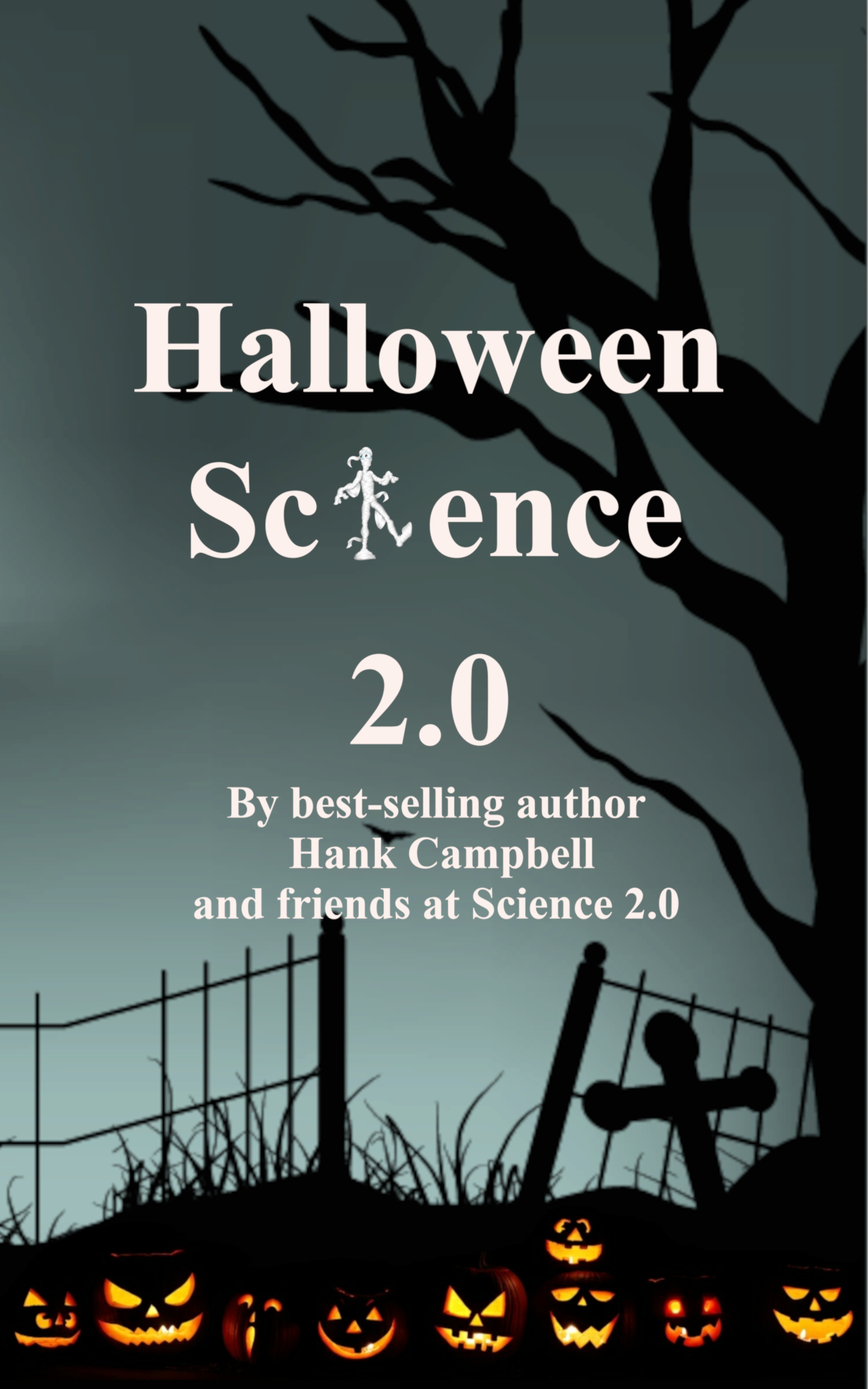Which strategies give players an edge at winning in multi-player real-time strategy games like Warcraft III/ Defense of the Ancients or Starcraft II?
An analysis technique by North Carolina State University computer scientists offers extremely precise information about how a player's actions affect a team's chances of winning, and could be used to develop technology for use by players and developers to improve gameplay experiences.
Their technique various existing analytical tools to evaluate logs of player actions from thousands of real-time strategy games. They then used that information to develop a set of rules governing team gameplay strategies, in order to identify which approaches give teams the best chance of winning.
"Our goal is to use these data to develop tools that could train game players to play more successfully," says Dr. David L. Roberts, an assistant professor of computer science at NC State and co-author of two papers on the topic. "These tools could be incorporated into games by game developers, or could be developed into stand-alone training modules. The tools could also be used by game developers to help them understand whether the game mechanics they are putting in their games are having the desired effect, and to fine-tune their games accordingly."
The researchers evaluated the attributes of individual team characters – such as a hero's strength in Defense of the Ancients - and the aggregate attributes of each team – such as the combined total strength of a team of heroes in Defense of the Ancients. These attributes change over the course of a game, and the researchers also looked at how and when these attributes changed for each team.
In looking at the aggregate attributes, the researchers found that the timing of attribute improvement is linked to the likelihood of team success – sometimes in unintuitive ways.
For example, in Defense of the Ancients, each character has "damage points," indicating how much damage the character can deal out before "dying." If Team A has amassed 59.7 more damage points than Team B by the second quarter of the game, Team A has a more than 80 percent chance of winning. However, if Team A has 54 more damage points than Team B, Team A has a less than 10 percent chance of winning – but only if Team B hasn't gotten too strong, smart or rich.
Why? Because players in Defense of the Ancients amass "gold" and "experience" during the game, and spend it to improve their damage and other attributes. And while amassing a huge advantage in a single attribute, like damage, can help a team win, it is usually more important to find a balanced approach.

Credit and link: Destructoid.
"And finding that balance is incredibly complex, which is what makes gaming so fascinating," Roberts says.
The researchers also found that the importance of an individual character's attributes varies widely, depending on the makeup of each multi-player team.
In Starcraft II, for example, players can play as any of several alien races, each of which has its own characteristics. If a team is made up of Terrans (humans) and the Zerg (alien arthropods), its odds of winning are more than 70 percent if the Zerg population has a high growth rate and the Terran population has a low one. But the Zerg population growth rate can be unimportant in other team combinations.
"We're currently working to use these findings to develop visualization tools that let players know how they are doing in real-time, relative to the strategies we know are predictive of success," Roberts says.






Comments